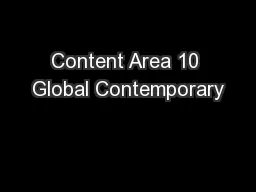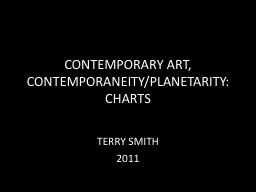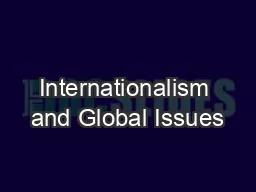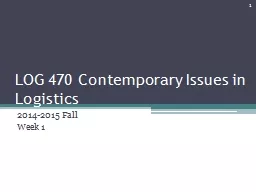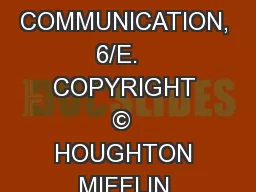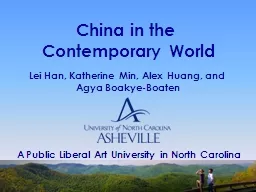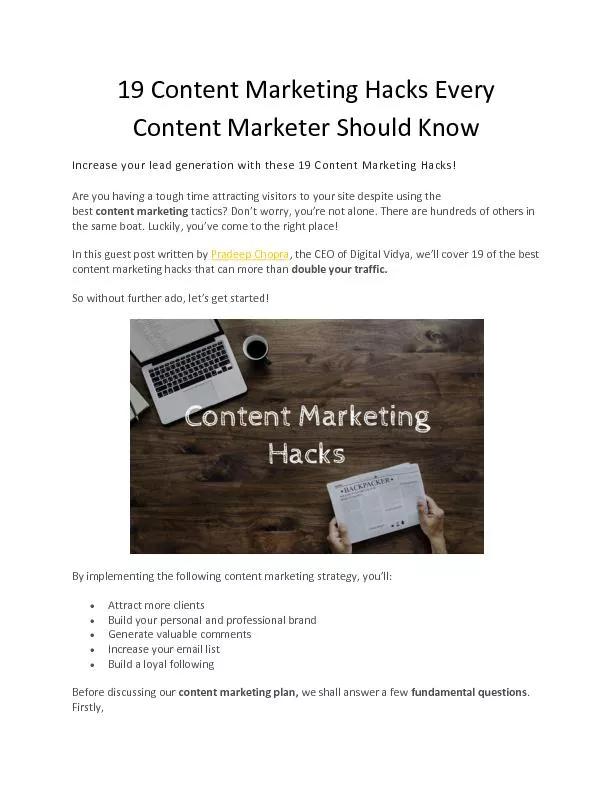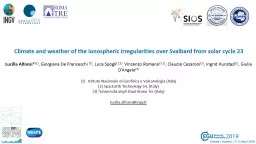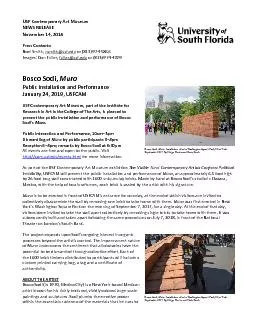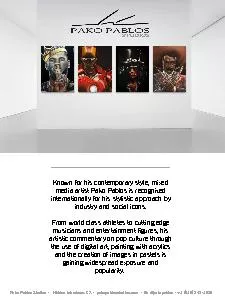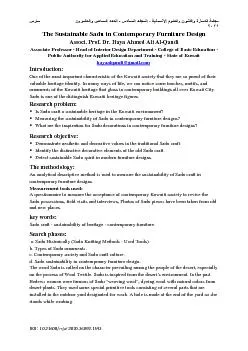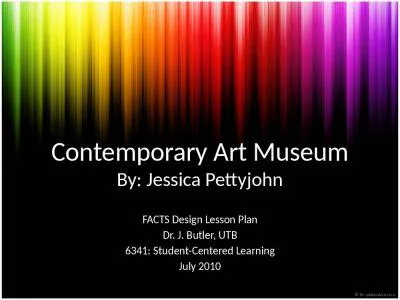PPT-Content Area 10 Global Contemporary
Author : lois-ondreau | Published Date : 2018-10-30
1980 CE to Present 27 works Chapters 35 and 36 224 The Gates New York City US Christo and JeanneClaude 19792005 CE Mixedmedia installation 2 images Form Function
Presentation Embed Code
Download Presentation
Download Presentation The PPT/PDF document "Content Area 10 Global Contemporary" is the property of its rightful owner. Permission is granted to download and print the materials on this website for personal, non-commercial use only, and to display it on your personal computer provided you do not modify the materials and that you retain all copyright notices contained in the materials. By downloading content from our website, you accept the terms of this agreement.
Content Area 10 Global Contemporary: Transcript
Download Rules Of Document
"Content Area 10 Global Contemporary"The content belongs to its owner. You may download and print it for personal use, without modification, and keep all copyright notices. By downloading, you agree to these terms.
Related Documents

